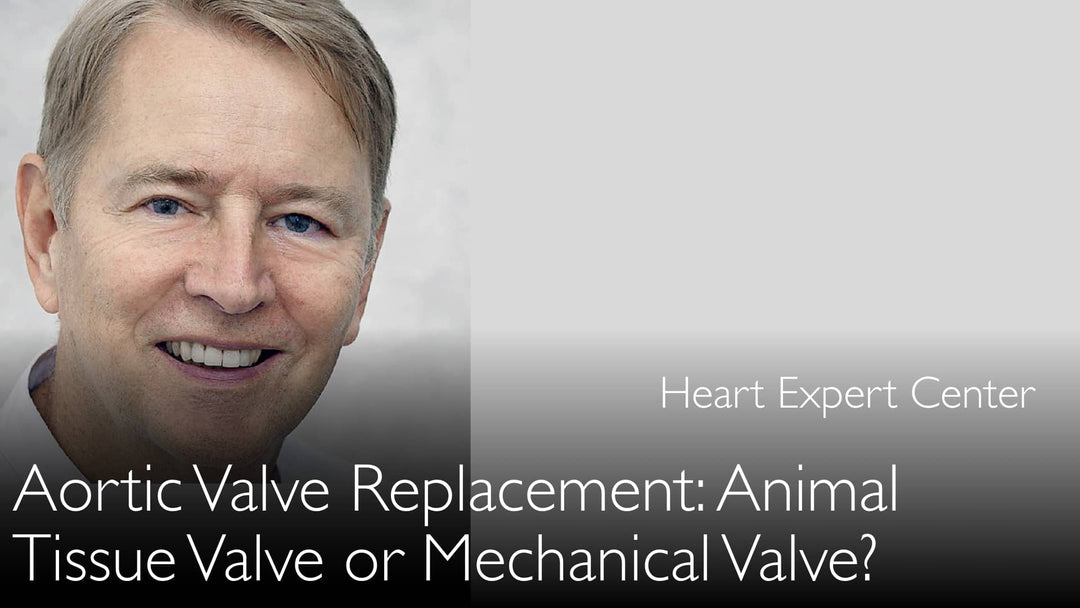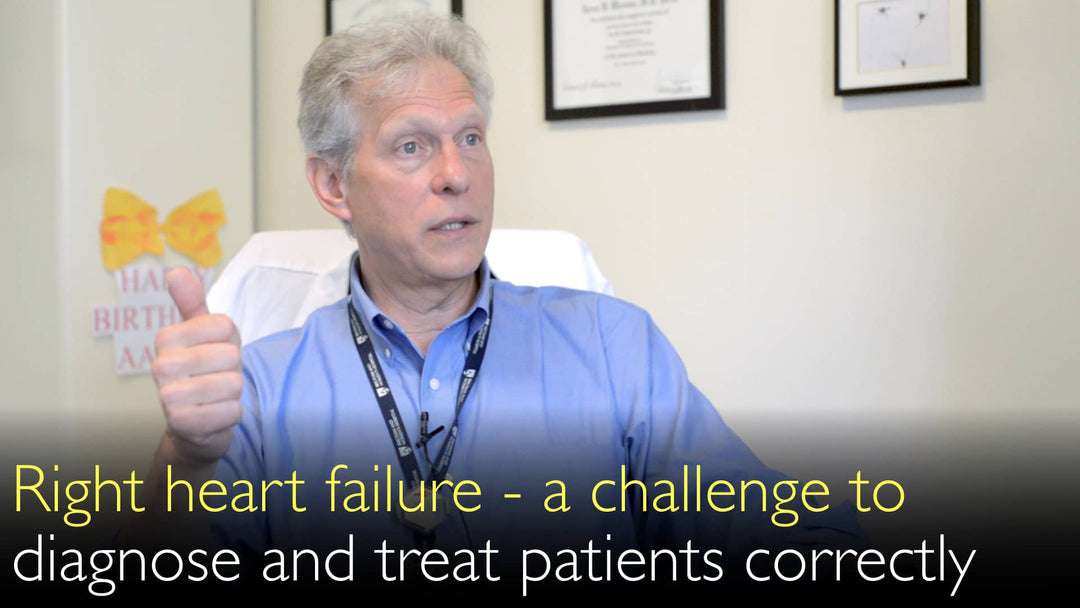Leading expert in minimally invasive cardiac surgery, Dr. Marc Pelletier, MD, explains the major advances in heart surgery techniques. He details the evolution from large incisions to modern, less invasive procedures. Dr. Marc Pelletier, MD, highlights endoscopic vein harvesting as a foundational breakthrough. He discusses the rise of TAVR for aortic valve replacement and robotic mitral valve surgery. These innovations significantly improve patient recovery times and outcomes.
Modern Minimally Invasive Heart Surgery Techniques and Benefits
Jump To Section
- Endoscopic Vein Harvesting Advancements
- Minimally Invasive Mitral Valve Surgery
- TAVI for Aortic Valve Replacement
- The Role of Robotic Surgery
- Patient Recovery and Outcome Benefits
- Full Transcript
Endoscopic Vein Harvesting Advancements
Dr. Marc Pelletier, MD, identifies endoscopic vein harvesting as a pivotal advancement in cardiac surgery. This technique, now a standard of care, revolutionized coronary artery bypass grafting. It replaced the need for large leg incisions that could be one to two feet long. The procedure now requires only one or two small centimeter incisions. This foundational change set the stage for broader minimally invasive cardiac procedures.
Minimally Invasive Mitral Valve Surgery
Minimally invasive techniques for mitral valve surgery represent a major leap forward. Dr. Marc Pelletier, MD, explains that these methods began gaining traction approximately a decade ago. Surgeons can now repair or replace a diseased mitral valve without a full sternotomy. This approach avoids the large sternum incision traditionally required. The procedure offers a less traumatic entry point for complex valve operations.
TAVI for Aortic Valve Replacement
Transcatheter Aortic Valve Implantation (TAVI or TAVR) is a landmark innovation. Dr. Marc Pelletier, MD, calls it one of the biggest advances in the last five years. This procedure allows for aortic valve replacement through a small incision in the groin. It is a catheter-based technique, avoiding open-heart surgery for many patients. TAVI has become a primary treatment for severe aortic stenosis in high-risk and increasingly intermediate-risk patients.
The Role of Robotic Surgery
Robotic-assisted surgery is a key component of the minimally invasive revolution. Dr. Anton Titov, MD, and Dr. Marc Pelletier, MD, discuss its significant role, particularly for mitral valve procedures. The robotic system provides surgeons with enhanced precision, dexterity, and visualization. This technology facilitates complex repairs through very small ports in the chest wall. Robotic surgery minimizes tissue damage and accelerates the healing process.
Patient Recovery and Outcome Benefits
The shift to minimally invasive heart surgery delivers profound benefits for patient recovery. Dr. Marc Pelletier, MD, emphasizes that smaller incisions lead to significantly less post-operative pain. Patients experience reduced blood loss and a lower risk of infection compared to traditional surgery. Hospital stays are often shorter, and return to normal activities is much quicker. These collective improvements contribute to better overall patient satisfaction and quality of life.
Full Transcript
Dr. Anton Titov, MD: Leading heart surgeon sums up top coronary artery grafting, heart valve surgery, and robotic surgery options that appeared in the last decade. Let’s start with minimally invasive heart surgery.
Dr. Anton Titov, MD: Where in cardiac surgery have minimally invasive methods been most successful?
Dr. Marc Pelletier, MD: It's a great question. Minimally invasive surgery is important in a lot of areas. You think about the biggest challenge with cardiac surgery. It typically has been with harvesting of the vein.
Dr. Marc Pelletier, MD: About 15 or 20 years ago, the technique of endoscopic vein harvesting started to become quite popular. Now it is a standard of care. It's something we've forgotten about.
Dr. Marc Pelletier, MD: But I would say it's one of the most important advances in terms of minimally invasive surgery. Previously, a leg incision sometimes would be a foot long, two feet long. Now it is a very small incision, one or two centimeters. Patients are able to recover much more quickly.
Dr. Marc Pelletier, MD: In most areas of the world, minimally invasive vein harvesting is now fairly standard. That really set the stage for a lot of other areas that started back about ten years ago or so.
Dr. Marc Pelletier, MD: This is minimally invasive surgery for the mitral valve. It is minimally invasive surgery for the aortic valve. Now a lot of different techniques have been pioneered for heart valves.
Dr. Marc Pelletier, MD: This is the biggest advance we have seen in the last five years: the adoption of TAVI or TAVR for the aortic valve. It is replacing the valve just through a small groin incision.
Dr. Marc Pelletier, MD: It is also the advances in robotic surgery. It is a minimally invasive surgery, especially surgery for the mitral valve. We can now fix or replace the mitral valve through a small incision in the chest.
Dr. Anton Titov, MD: This is opposed to doing a big incision on the sternum that we had to perform previously.







